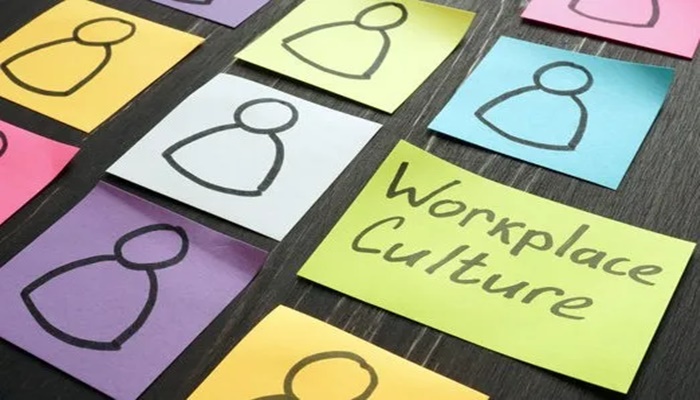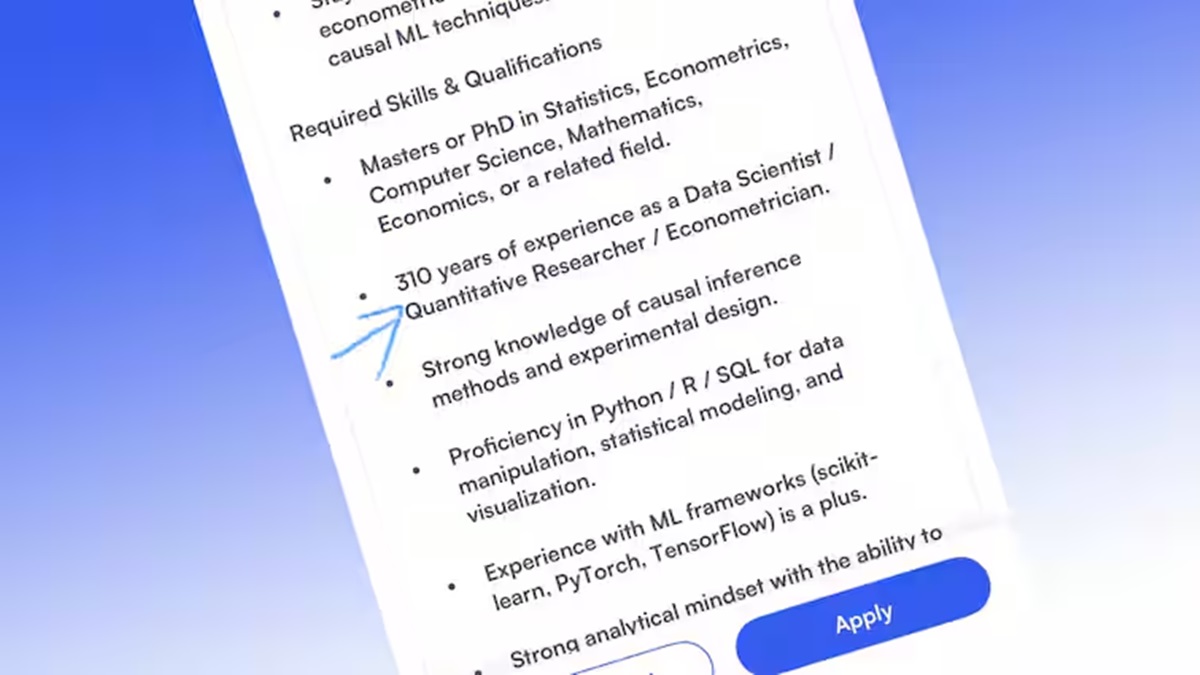In the world today where most conversation happens online, the workplace conversations also have largely shifted to online mode-whether through mails, teams or WhatsApp- and emojis have largely become a core part of our mode of communication. Remote and Hybrid work environments have made the non verbal cues more important that it ever was- and emojis fill that gap.
For the Gen Z population, the youngest group in our workforce, a simple smiley face or a thumbs up can feel anything but simply what they intend to mean. Surabhi Pandey, Counseling Psychologist, Lissun shares insight on how these emojis are impacting Gen Z’s mental health at work.
The older colleagues might put thumbs up as a symbol of acknowledgement but for Gen Z, it might carry a tone of passive aggressiveness or no appreciation. Using emoji often gives a lot of space for subjective interpretation. The minor difference of how an emoji is used and how one might interpret could eventually become a source of tension, leading to anxiety in modern office culture.
Unlike previous generations, Gen Z has grown up with digital communication as their native mode of communication. Emoji are no longer just an add-on for them, they are a very inherent part of their sentences- a very significant indicator of emotions, tone markers and mood setters. A simple message without any added emoji might feel a cold, dismissive or emotionally distant message.
According to Telus International(2023), 74% of the Gen Z population of employees feel anxious about how they are being perceived in the workplace and over 60% of the Gen Z population of workers reported that they felt uncomfortable asking for clarification in digital interaction. According to Deloitte’s 2024 Gen Z Report, 46% of employees in the Gen Z population say mental health challenges impact their ability to work effectively, in which toxic or unclear communication plays a major contributing factor.
When the tone and intent of the message is misread it leads to second guessing, overthinking,feeling of imposter syndrome and even avoidance-especially among the people who experience anxiety or get overwhelmed easily.
But it is not just the emojis but also the broader cultural gap. Gen Z has grown up prioritizing authenticity, open communication and emotional intelligence, and expects the same from workplace communication. When messages feel ambiguous it can impact their motivation, productivity and mental well being.
So, now what can be done about it?
It starts with awareness. The cross generational style of communication differs and being mindful of how small symbols and emojis are interpreted can create a long space between the speaker and listener.The intergenerational conversations should be encouraged around digital etiquette and tone Managers and Team members can benefit from open conversation about communication preference. The team can consider creating norms around workplace communication. It may assist in balancing emojis with clear language to reduce space for misinterpretation.
In the end it is never really about the thumbs up or a simple smiley face- it is rather about feeling seen, acknowledged, understood and respected in the workplace. Because in a world where work happens through screens, even the simplest of symbols have the power to speak volumes.




















